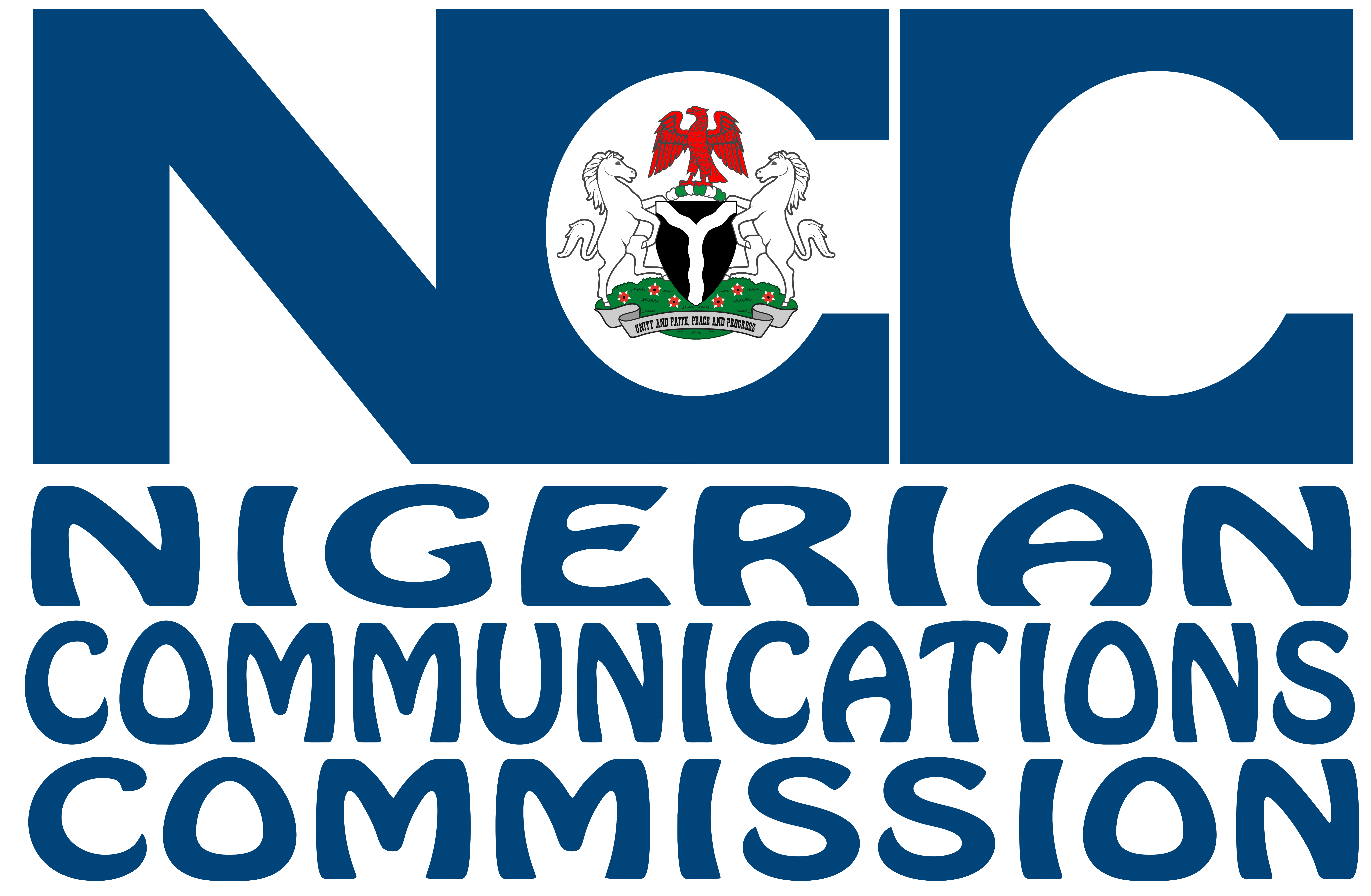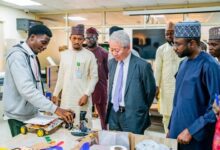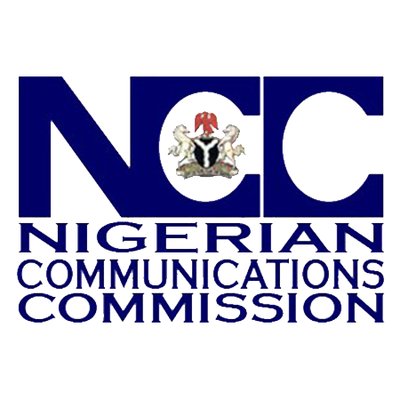Nigeria’s Telecom Access Gap Reduces By 10m In Nine Years -NCC

The number of Nigerians who do not have access to telecommunications services in Nigeria has reduced from 37 million to 27 million in the last nine years.
The Executive Vice Chairman(EVC) of the Nigerian Communications Commission( NCC) Prof. Umar Danbatta, made this known in a statement by the Director of Public Affairs, Reuben Muoka on Tuesday.
The figure represents 53.1 percent of identified areas of clusters without access to telecommunications services within the period under review.
The EVC who was represented at the telecoms industry stakeholders’ forum in Bayelsa by NCC’s Head, Pre-Licensing, Usman Mamman, said from 207 clusters of access gaps in 2013, the industry has witnessed a reduction to 97 as of the end of 2022 by bridging 110 clusters of access gaps, representing a 53.1 percent reduction.
He said by implication, the number of Nigerians who fell within the access gap which was estimated at 37 million in 2013 has been reduced to 27 million, following increased access to telecom services by those hitherto not digitally included.
According to Danbatta,” Access gaps refer to the cluster of communities or grouped areas in different parts of the country that are bereft of access to telecom services, and to date, the NCC has reduced clusters of access gap by more than half.
“We have worked tirelessly to ensure we bring telecom services to people living in rural, unserved, and underserved areas of this country, totaling 37 million people courtesy of the consultancy that was conducted in 2013.
“By 2019, we had succeeded in reducing the clusters of access gaps to 114 through the deployment of the necessary infrastructure needed to bring services to people living in rural, unserved, and underserved areas of the country. The deployment of infrastructure is in terms of base transceiver stations, which resulted in the reduction of Nigerians in those clusters from 37 million to 31 million in 2019.
“By 2022, we have reduced the clusters of access gaps to 97 from 207 in 2013. The number of Nigerians again has come down from 37 million in 2013 to 27 million as we speak. We achieved this by deploying, from 2009 to 2011, a total of 79 new base transceiver stations,” he said
Danbatta stated that from 2013 to 2018, the telecom sector also witnessed the deployment of additional 124 base transceiver stations while from 2019 to 2022, a total of 364 base transceiver stations were deployed.
“So far, the total number of base transceiver stations we have deployed to date between the time the access gaps were identified till the end of 2022 is 567,” he said.
While describing the reduction in access gap so far as a landmark, Danbatta, however, said the Commission will not rest on its oars as it thrives to ensure that the remaining 27 million Nigerians, who currently lack access to telecoms services, are provided with services.
Meanwhile, the EVC said part of the regulatory interventions of the Commission to bridge the remaining 97 access across the country to provide ubiquitous connectivity in all the nooks and crannies of Nigeria is the issuance of the Mobile Virtual Network Operator (MVNO) Licences and the deployment of Fifth Generation (5G) networks, among others.





